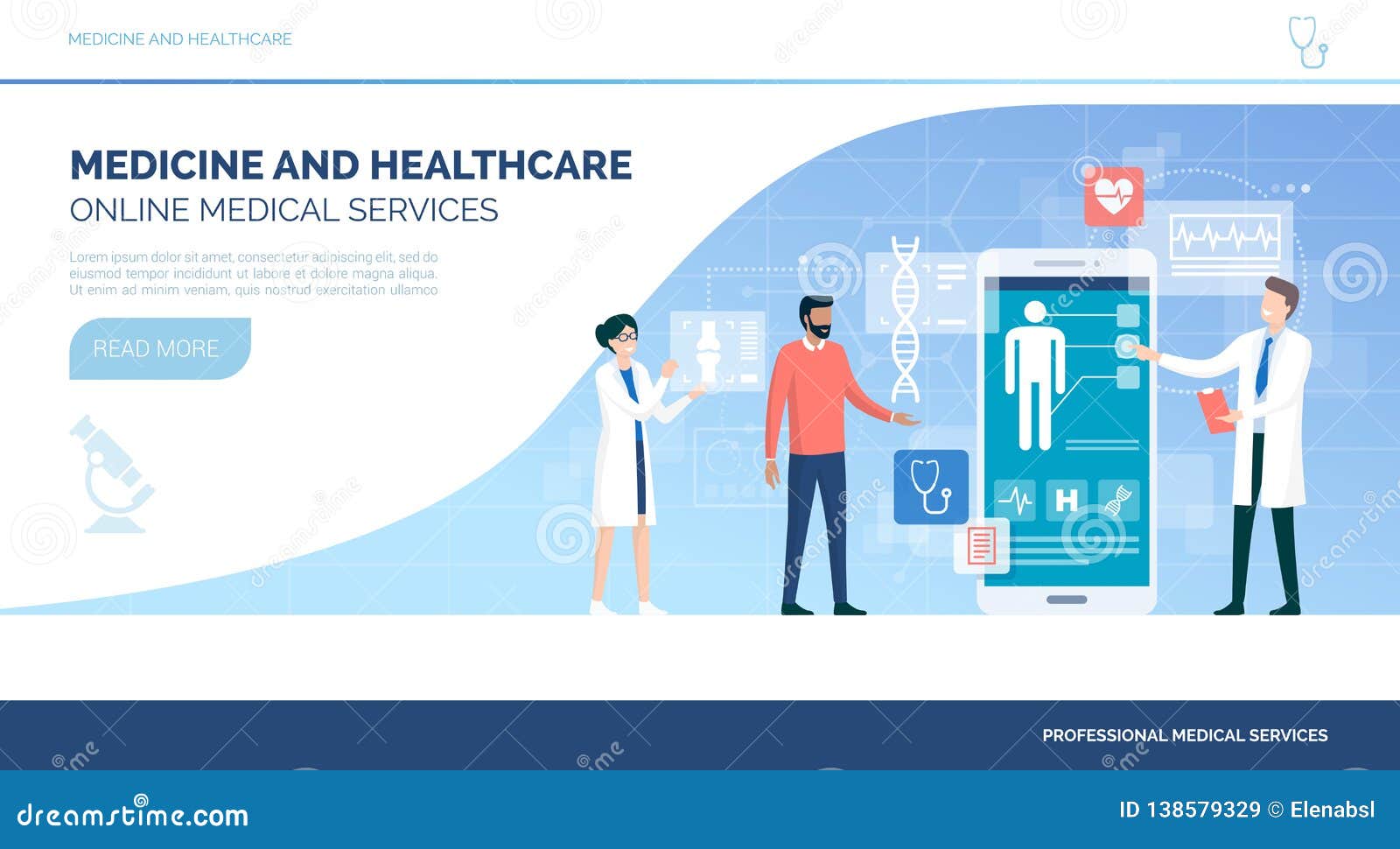Discover the Perks of Subscription Based Healthcare for Affordable Medical Care
Wiki Article
Understanding the Cost-Effectiveness of Subscription-Based Health Care Designs
As the medical care landscape advances, subscription-based versions arise as an engaging option, guaranteeing to redefine exactly how individuals manage clinical expenses. Evaluating these models' cost-effectiveness demands a nuanced comparison with conventional insurance policy, thinking about both monetary implications and patient fulfillment.Summary of Subscription-Based Designs
Subscription-based healthcare designs, often referred to as direct health care or concierge medicine, are significantly obtaining interest as a potential solution to inadequacies within standard health care systems. These models operate the concept of offering clients straight accessibility to doctor via a yearly or regular monthly fee, bypassing the demand for conventional insurance mechanisms. This plan aims to improve patient-provider communications by minimizing administrative worries, which typically prevent prompt and individualized care.At the core of subscription-based versions is the emphasis on a much more personalized individual experience. Clients profit from boosted access to their medical professionals, typically consisting of same-day or next-day appointments, expanded assessment times, and straight communication networks such as phone or video phone calls. This version fosters a positive approach to health care, where people and companies can collaboratively focus on preventative care and persistent condition administration.

Expense Comparison With Conventional Insurance

One of the main economic benefits of registration models is transparency in expenses. Conversely, typical insurance may be more beneficial for people needing specialized treatment or expensive treatments not covered under a membership version, as they profit from the more comprehensive insurance coverage network and cost-sharing devices.
However, cost-effectiveness is context-dependent. While registration models might offer cost savings for those primarily needing medical care, people with chronic problems or specialized healthcare demands might discover traditional insurance policy extra extensive. Assessing particular healthcare requirements and prospective use is crucial in determining the most economical alternative for people.
Effect On Patient Fulfillment
Individual complete satisfaction within subscription-based medical care versions often shows a considerable enhancement over conventional insurance policy systems. Unlike typical systems, where individuals may experience delays in receiving care, subscription-based versions guarantee even more prompt and direct communications with health care companies.Moreover, the transparency in prices connected with subscription-based health care alleviates the usual irritations associated to unforeseen fees and intricate invoicing processes seen in standard insurance coverage (subscription based healthcare). People appreciate knowing the specific financial dedication upfront, bring about boosted trust and self-confidence in their medical care administration
In addition, the emphasis on preventative care and wellness in membership versions adds to enhanced wellness outcomes, additionally boosting client satisfaction. By concentrating on ongoing health care instead than anecdotal care, individuals experience an even more continuous and alternative medical care journey.
In addition, the enhanced provider-patient connection fostered in these versions, characterized by more time invested per person and customized interest, plays a critical role in boosting patient contentment levels, as people feel truly cared for and comprehended.
Carrier Viewpoints and Experiences
From the service provider's perspective, subscription-based healthcare models use a transformative technique to providing clinical services. These models emphasize a preventative and aggressive health care approach, allowing service providers to focus on detailed individual treatment without the restrictions of typical fee-for-service arrangements (subscription based healthcare). This shift in focus often results in boosted person end results and boosted provider complete satisfaction, as medical care experts can allocate even more time and sources to client involvement and personalized treatment strategiesFurthermore, subscription versions promote foreseeable revenue streams, which improve financial security for doctor. This predictability permits improved source planning and appropriation, adding to an extra effective healthcare distribution system. Companies can purchase staff training, framework, and technology improvements, his response therefore improving the top quality of care offered.
However, the change to subscription-based versions is not without challenges. Despite these obstacles, lots of carriers find that the benefits of increased patient interaction and streamlined operations exceed the preliminary difficulties, making subscription-based designs an attractive Our site alternative.
Future Leads and Obstacles

A primary obstacle is regulative compliance, as registration designs must adhere to evolving medical care policies and insurance needs. This requires continual adaptation and development to guarantee positioning with lawful requirements. Additionally, incorporating these models right into existing healthcare frameworks can be complicated, calling for significant financial investments in innovation and training.
There is additionally the prospective threat of producing injustices in healthcare accessibility, as subscription versions could favor those that can manage them, leaving at risk populations underserved. Addressing this requires thoughtful factor to consider of rates techniques and aid mechanisms to make sure inclusivity.
Verdict
Subscription-based health care versions offer a viable alternative to typical insurance by offering financial predictability and transparency, specifically profiting people with persistent problems or regular medical care demands. The cost-effectiveness of these versions is contingent upon specific health care usage patterns and scenarios.Subscription-based health care models, in some cases referred to as click this site direct main treatment or attendant medicine, are progressively acquiring focus as a potential solution to ineffectiveness within traditional healthcare systems. Unlike typical systems, where individuals could experience hold-ups in getting care, subscription-based versions make sure more prompt and direct interactions with healthcare suppliers.
These models emphasize a preventative and aggressive medical care technique, allowing service providers to concentrate on extensive patient treatment without the restraints of typical fee-for-service arrangements. As these models proceed to gain traction, they offer the potential to transform client access to care, enhance solution shipment, and maximize medical care costs.Subscription-based medical care designs present a practical option to standard insurance policy by using economic predictability and transparency, particularly profiting people with chronic problems or regular healthcare requirements.
Report this wiki page